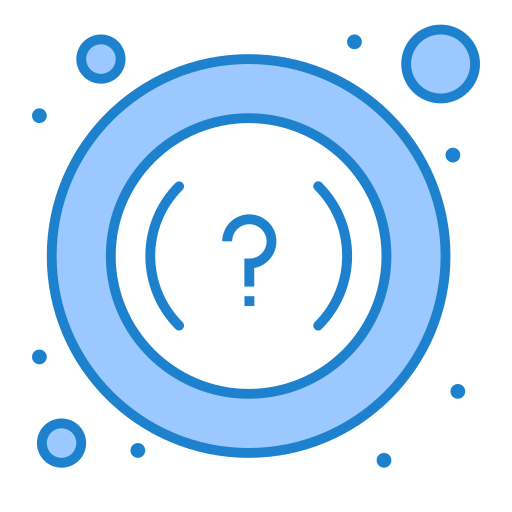
 Follow-up methods in the context of sales proposal management refer to the strategies and techniques used by sales teams to maintain engagement with potential clients after submitting a sales proposal.
Follow-up methods in the context of sales proposal management refer to the strategies and techniques used by sales teams to maintain engagement with potential clients after submitting a sales proposal.
The primary goal of these methods is to enhance the likelihood of winning the business by keeping the proposal top-of-mind, clarifying any doubts, addressing concerns, and ultimately guiding the potential client towards a favorable decision.
Effective follow-up is crucial because it demonstrates to the client that the vendor is committed and attentive to the client's needs. It also provides an opportunity to gather feedback and understand the client's perspective, which can be pivotal in negotiating and tailoring the offer to better meet their requirements.

 Case Study 1: Email Follow-up Sequence
Case Study 1: Email Follow-up Sequence
A technology firm submitted a proposal for a large software development project and used a structured email follow-up sequence. The first follow-up email was sent to thank the client for the opportunity and to reiterate key points of the proposal. Subsequent emails were tailored based on the client's feedback, with each email designed to address specific concerns and provide additional information as requested by the client.
Case Study 2: Combination of Personal and Automated Follow-ups
A consulting firm used a CRM tool to schedule automated reminders to follow up on a proposal sent to a potential client. Additionally, the sales representative made personal phone calls to discuss the proposal in detail, which helped in building a stronger rapport with the client and eventually winning the contract.
 Implementing effective follow-up methods involves several best practices:
Implementing effective follow-up methods involves several best practices:
 For further reading and a deeper understanding of follow-up methods in sales proposal management, the following resources are recommended:
For further reading and a deeper understanding of follow-up methods in sales proposal management, the following resources are recommended:
By integrating these follow-up methods and best practices into your sales proposal management process, you can significantly enhance your chances of securing client commitments and driving business growth.
Follow-up methods in sales proposal management refer to the strategies and techniques used to maintain contact with potential clients after submitting a sales proposal. These methods aim to keep the conversation going, address any concerns, and ultimately close the deal. Common follow-up methods include emails, phone calls, meetings, and social media engagement.
The frequency of follow-ups after sending a sales proposal can vary depending on the industry, the complexity of the proposal, and the client's preferences. A general rule is to follow up within a week after your initial proposal submission to keep the momentum going. Subsequent follow-ups might be spaced out more, depending on the client's feedback and the urgency of the deal.
A follow-up email after sending a sales proposal should be concise, polite, and professional. It should include a brief reminder of who you are, a thank you for the opportunity, a summary of the proposal highlights, and a direct question or call to action, such as asking for feedback or a meeting to discuss the proposal further.
Phone calls can be a very effective follow-up method as they allow for immediate interaction and feedback. Prepare for the call by reviewing your proposal and any notes from previous interactions. During the call, be respectful of the client's time, reiterate key points of the proposal, address any questions they might have, and try to secure a commitment for the next steps.
Using social media for follow-up can be appropriate if it aligns with the communication preferences of the client and the nature of your business relationship. It can be a less formal way to keep in touch, share relevant content, and build a stronger connection. However, more sensitive discussions or detailed feedback should be handled through more private channels like email or phone calls.